Connecting Routes
Thoughts on walking rural roads
This post is part of my Type 2 Fun series, where I write about the less glamorous side of my outdoor adventures. Not familiar with the concept of Type 2 fun?
The point of hiking is to get outside and enjoy nature—most of the time, at least. Some days it is just about putting one foot in front of the other until you get to your destination. After all, not every view can be spectacular and bad weather or tired muscles can turn a hike into a slog. Nowhere is this more true than on a connecting route.
Connecting routes—also known as road walks—are where hikers use public roads between sections of built trail in order to create a continuous footpath on long distance hiking trails. These connecting routes exist in places where there is neither public land nor an agreement in place for the trail to cross private land. They can follow quiet dirt roads or they can be along the shoulder of a highway, depending on what’s nearby.
All of the National Scenic Trails require some hiking on roads, though the mileage varies widely. The Appalachian Trail includes only a few dozen miles of road walking1, while the North Country Trail has over a thousand2. That difference is because the Appalachian Trail benefited from a significant amount of federal funding and the use of eminent domain to protect the trail corridor, a practice which Congress did not continue for the other National Scenic Trails.3
A couple weeks ago, I hiked a connecting route of the Ice Age Trail between the Plover River segment4 and the Ice Override segment5. It wasn’t the worst road walk I’ve ever done—that award goes to the wet, cold, windy stretch of County Road V between Mishicot and Point Beach State Forest where we spent five miles trying not to fall into the drainage ditch as cars flew by—but it still had its low points. The grass lining the shoulder of the road was tall and full of ticks, there was minimal shade so I could feel the heat of the asphalt soaking up through the soles of my boots, and a loose farm dog followed me.
Let me be clear that I’m a fan of dogs! However, meeting a dog who is excited to make a new friend is vastly preferable to meeting one who is actively trying to chase me out of the neighborhood. I’ve only been attacked once by a pair of dogs on a connecting route and no physical harm came to me (or to the dogs), so it may seem dramatic that replaying the memory still causes my heart rate to rise and my shoulders to tighten. Yet in that situation, I felt utterly alone. When I was mugged in front of my Chicago apartment building6, my neighbors were outside within a minute to help. On a rural road, there isn’t always someone there to hear you yell.
The loose farm dog I met on my recent connecting route wasn’t exactly friendly, but was willing to give me the benefit of the doubt…so long as I kept moving at a steady pace. The dog followed me until (what I assume was) the property line and then sat in the middle of the road until I disappeared behind a hill over a half mile later. For the remaining 3.3 miles until I reached the Ice Override Preserve, I kept my head on a swivel. I walked down the center of the (thankfully deserted) road and anytime I spotted a house ahead, I drifted to the furthest edge of the pavement so as not to accidentally cross an invisible line that might cause a dog to see me as a trespasser. I queued up a YouTube video that alleged to play a high-pitched tone that dogs dislike and I kept my trekking poles in hand to act as a barrier if sharp teeth approached.
Not exactly a relaxing stroll through nature. When I did finally reach the wooded segment of trail, my relief was short-lived as I realized I needed to retrace my steps in order to get back to my car.
So, you may be wondering, why bother with connecting routes? I’m definitely not making them sound like a good time and I haven’t even talked about how hard it is to find a private place to pee on the side of the road! Like many section hikers with dreams of completing a National Scenic Trail, I initially saw connecting routes as the price of entry—some miles to do begrudgingly in order to (eventually) call myself a Thousand Miler.
Slowly, I began to see the beauty in them. The perspective is different when you’re walking down the road, rather than driving it. Herds of cattle ignore the passing cars, but are interested in the human wandering the length of their fence. A couple will usually keep pace with me, probably in the vain hope that their next meal is being delivered early. When there isn’t livestock, there’s often quirky yard decor—painted quilt squares on barns, wind chimes made out of recycled materials, and benches that invite hikers to take a break under a shady tree. It’s easier to notice these things at three miles per hour.
It’s also easier to stumble upon a bar when walking on a road than when walking in the woods. You know that feeling in the middle of a long hike when all you want is a cold drink paired with salty food to rebalance your electrolytes? That dream can come true on a connecting route as an unassuming building on a rural road becomes your oasis! Plus, after miles of conversations wondering about the people who live in the houses you’ve passed (especially the ones with interesting design choices), it is thrilling to see and eavesdrop on the local community members.
There can be a disconnect between the people who live near a trail segment and the people who hike on it. National Scenic Trails are designed for non-motorized usage, but ATVs and snowmobiles are common forms of recreation in many rural areas. Since neither are allowed on the Ice Age Trail, trail neighbors may not always see the benefit to having a footpath in their backyard. Hikers on connecting routes are more visible to these neighbors than hikers on a dedicated trail, just as those walking into a bar mid-hike carrying a pack and trekking poles are more visible than the hikers who cleaned up in their car before crossing the threshold. Visibility leads to curiosity which leads to conversation.
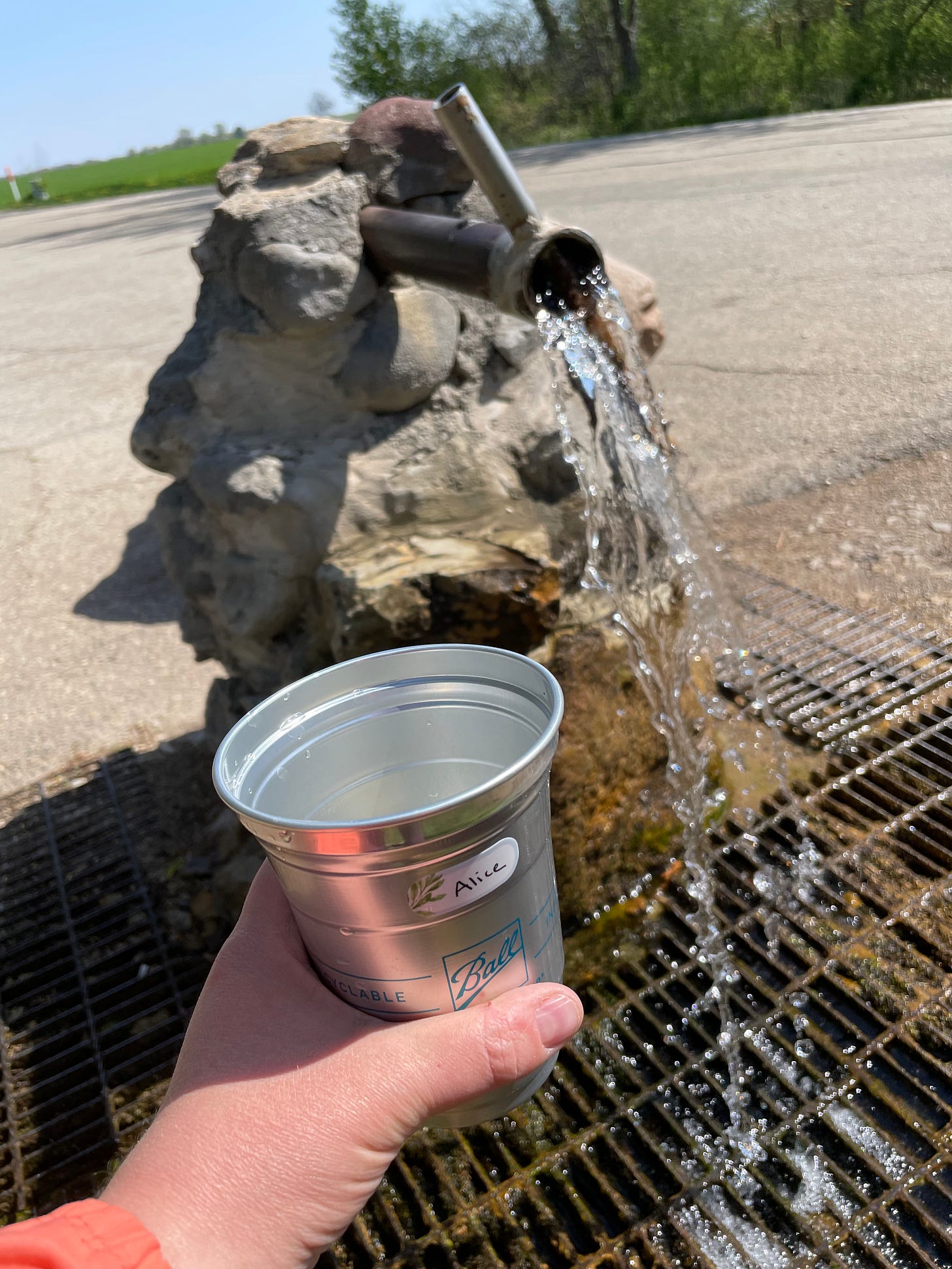
According to a 2019 interview with Jim Kern in The Trek, the ten National Scenic Trails (excluding the Appalachian Trail) still need to protect about 4,000 miles to fill the gaps. That’s not all going to be accomplished by friendly chats with trail neighbors over a beer or while they are checking their mail, but some of those miles might be. Right now, there’s someone out there who has no idea what a National Scenic Trail is but sees hikers occasionally walking on the road. If they have a good first interaction and then another, perhaps in a few years they’ll mention the trail to a neighbor who wants to sell. And if all the stars align, maybe a new segment will be protected. It won’t be a fast process, but if we were just going for speed we would drive the connecting routes instead of walking them.
According to the National Park Service, 99% of the entire Appalachian Trail route is protected. There are quite a few online discussions about the road walks on the Appalachian Trail, but this Reddit thread is the most detailed and includes a spreadsheet of the location and length of each one.
According to a 2021 article in National Parks, a quarterly magazine by the National Parks Conversation Association, approximately 1,500 miles of the North Country Trail are still on roads, with about 50 new miles of trail built per year.
More about the history of the Appalachian Trail corridor can be found in a 2018 blog post from the Appalachian Trail Conservancy.
A Postcard from the Moss: July 2025
Last week, I returned to a mile-ish of trail that I helped build in 2023—the Ice Override segment of the Ice Age Trail—to take notes for the upcoming edition of the Ice Age Trail guidebook. This segment didn’t exist when the last edition went to print, which means a new entry needs to be written!



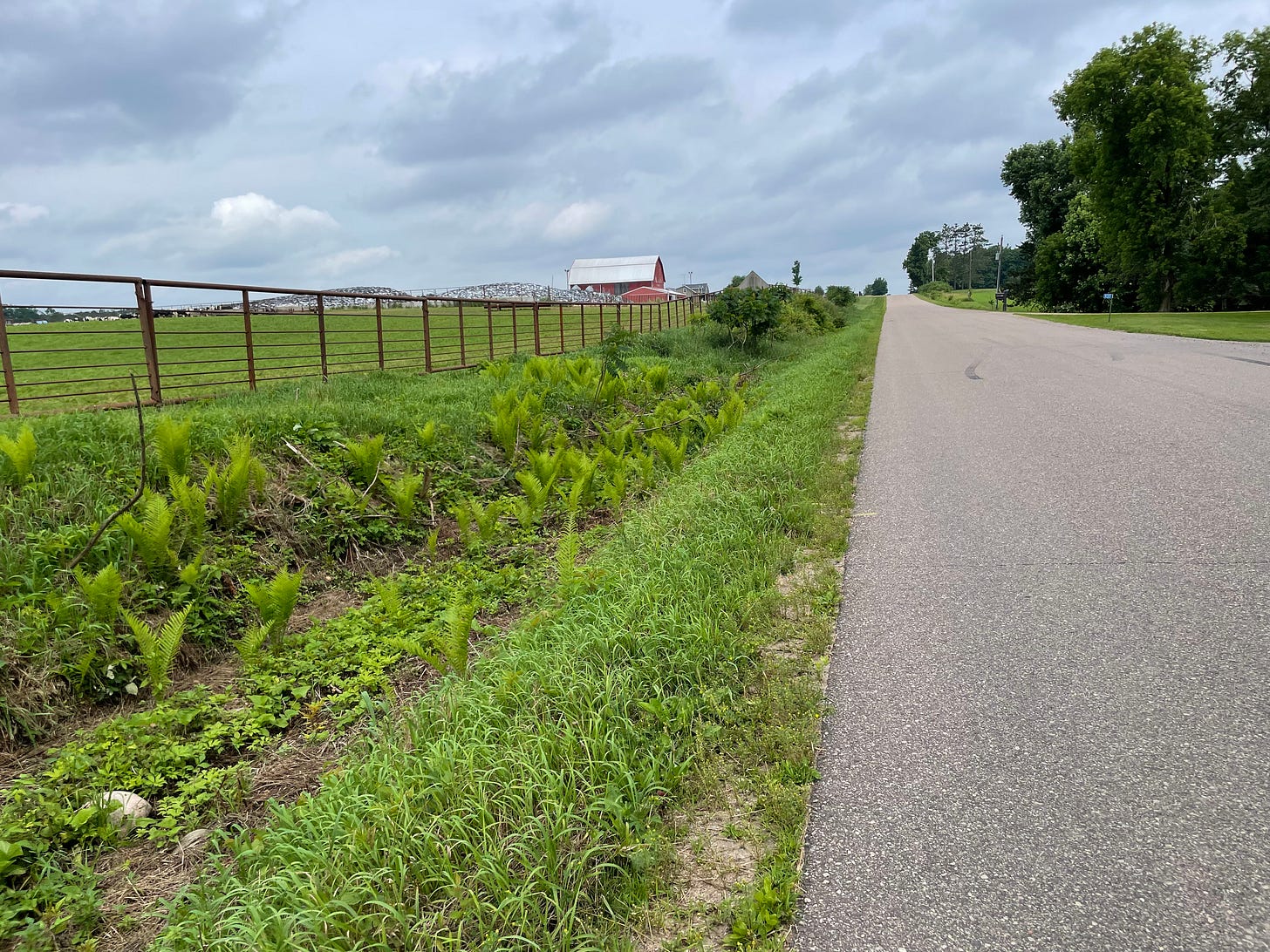
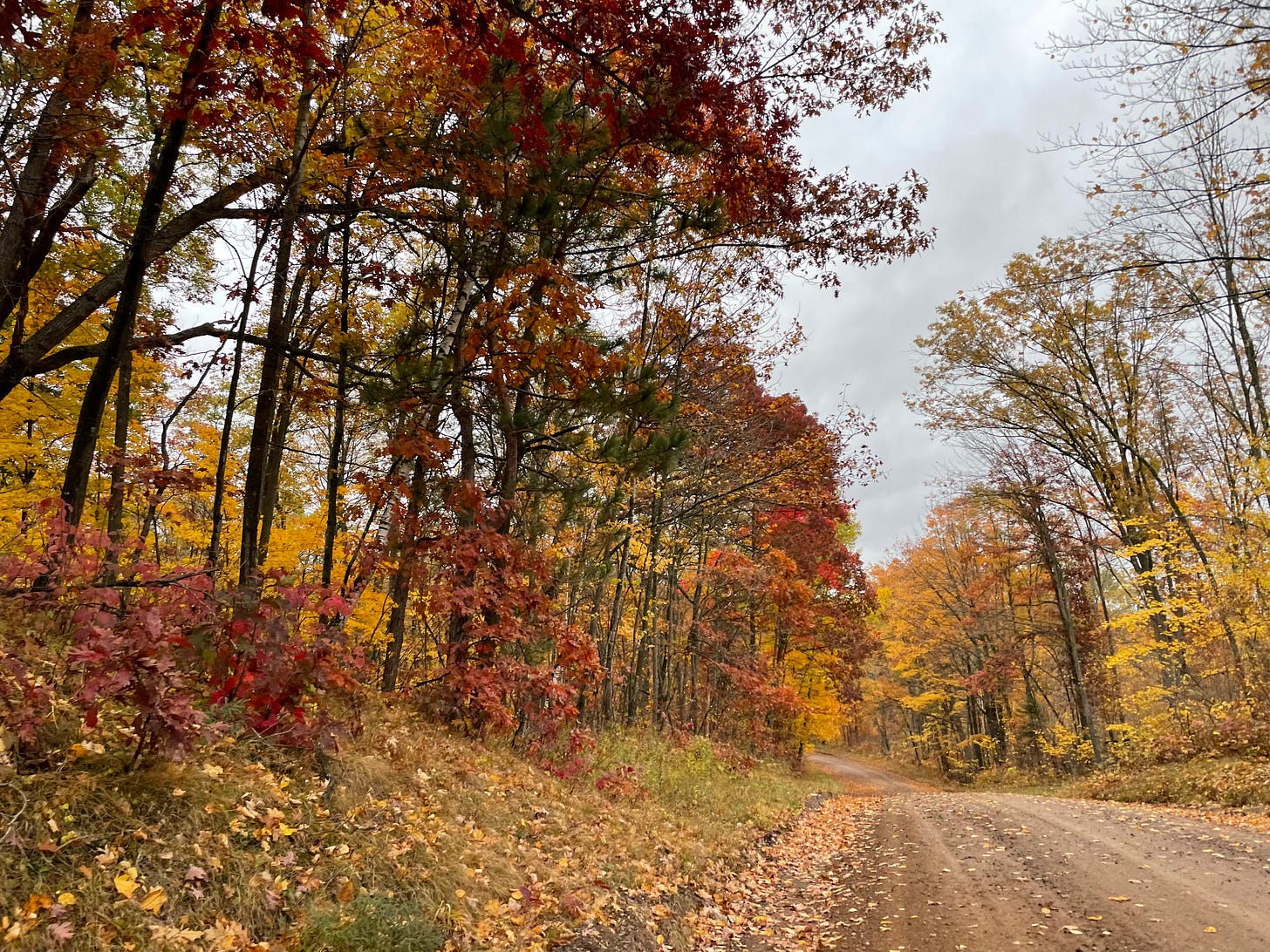
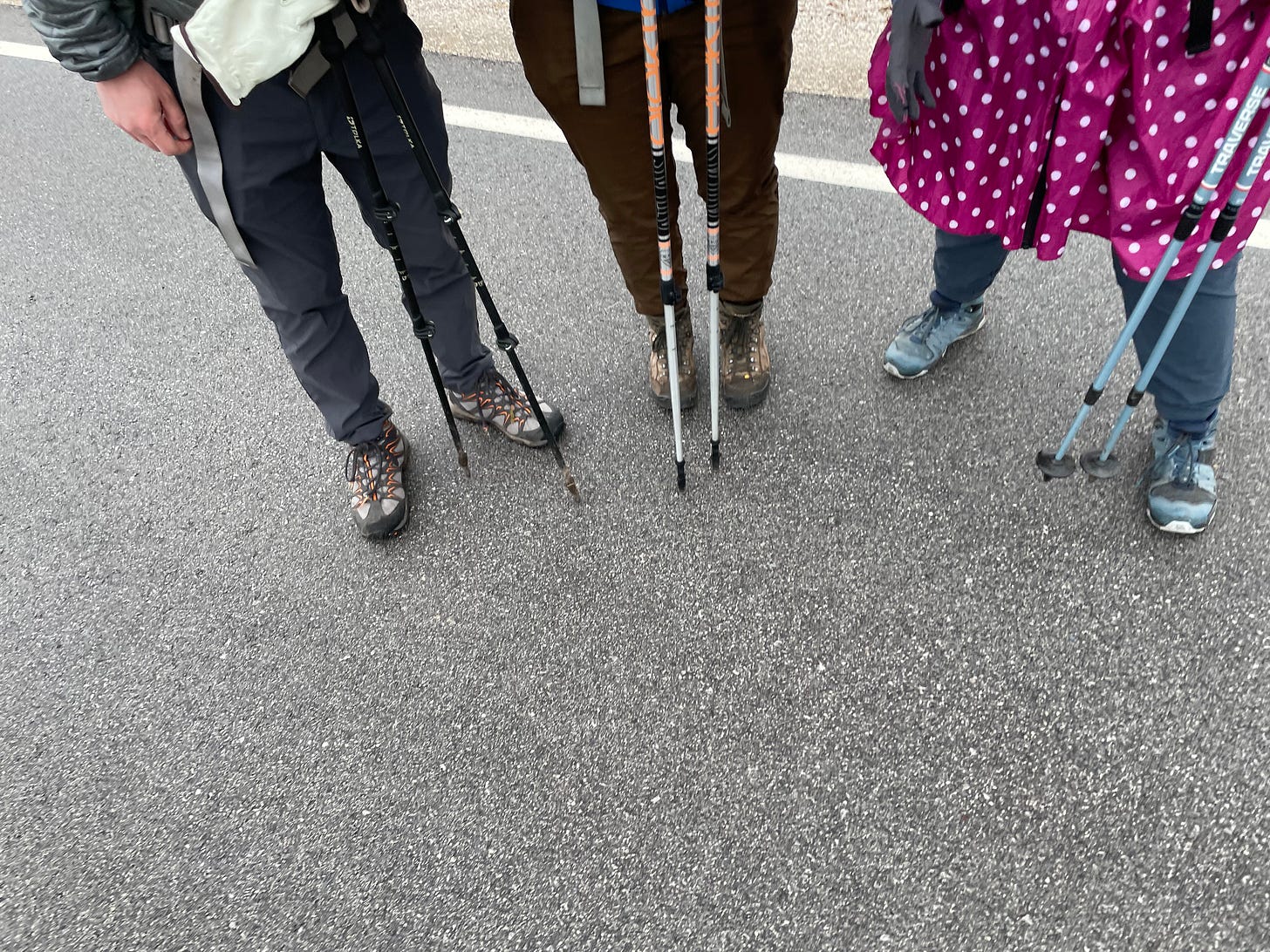
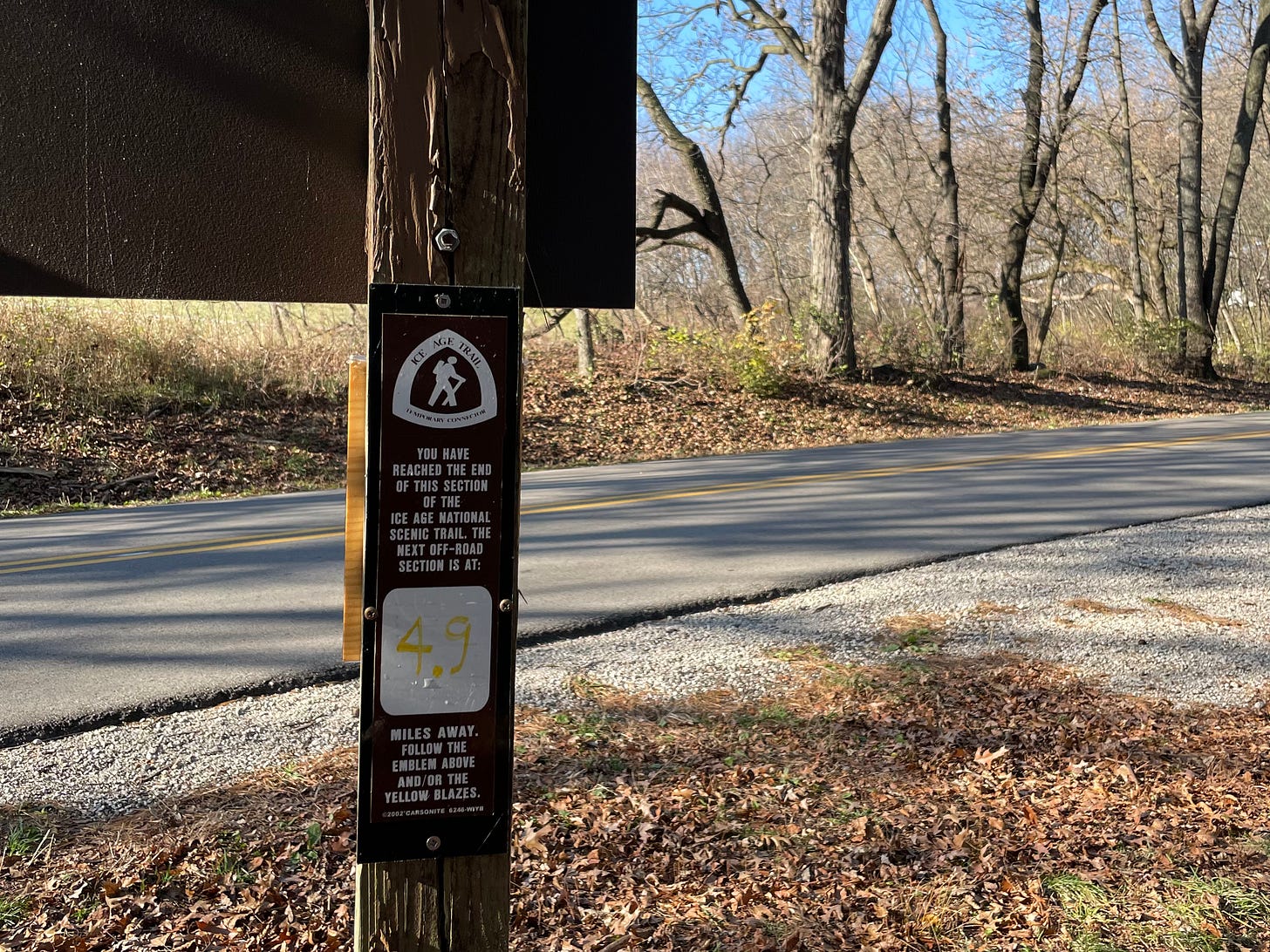

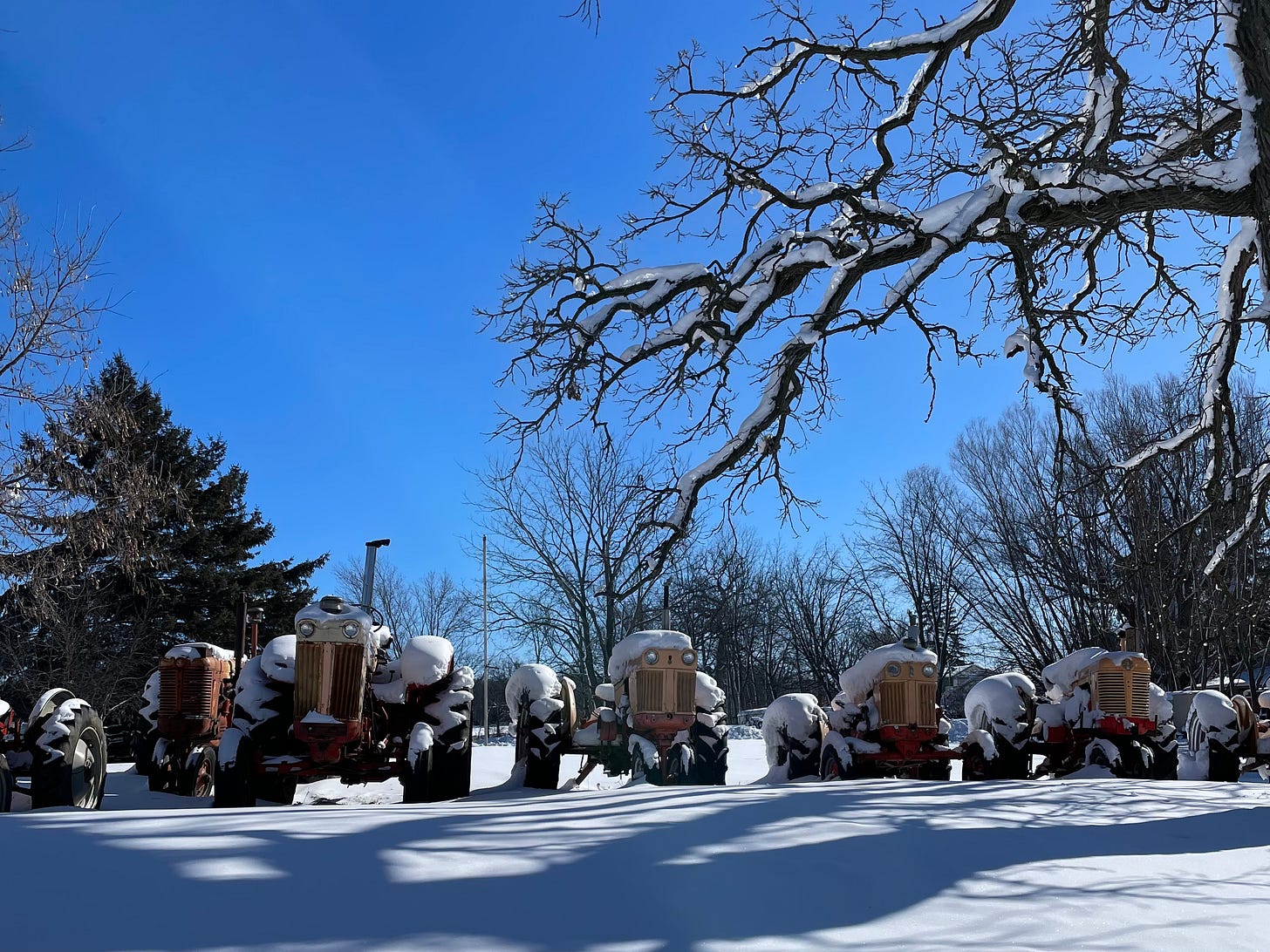
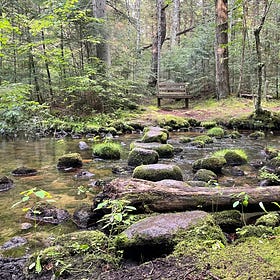
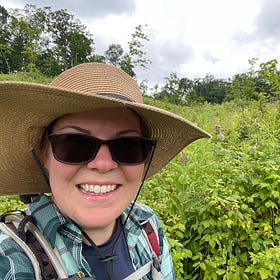
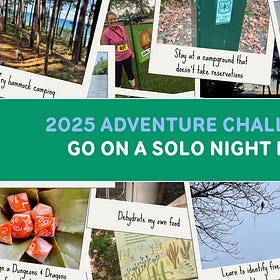
Interesting topic that I haven't thought much about! Over the last few years, the Peter Wolfe Chapter of the NCT has moved quite a number of these miles onto forested trails so your account has provided me an even greater appreciation for being involved with that effort!
You haven't sold me on it! John Muir Trail presumably not 'scenic' then as it had zero road walking. (About the only one I've done in the US.)